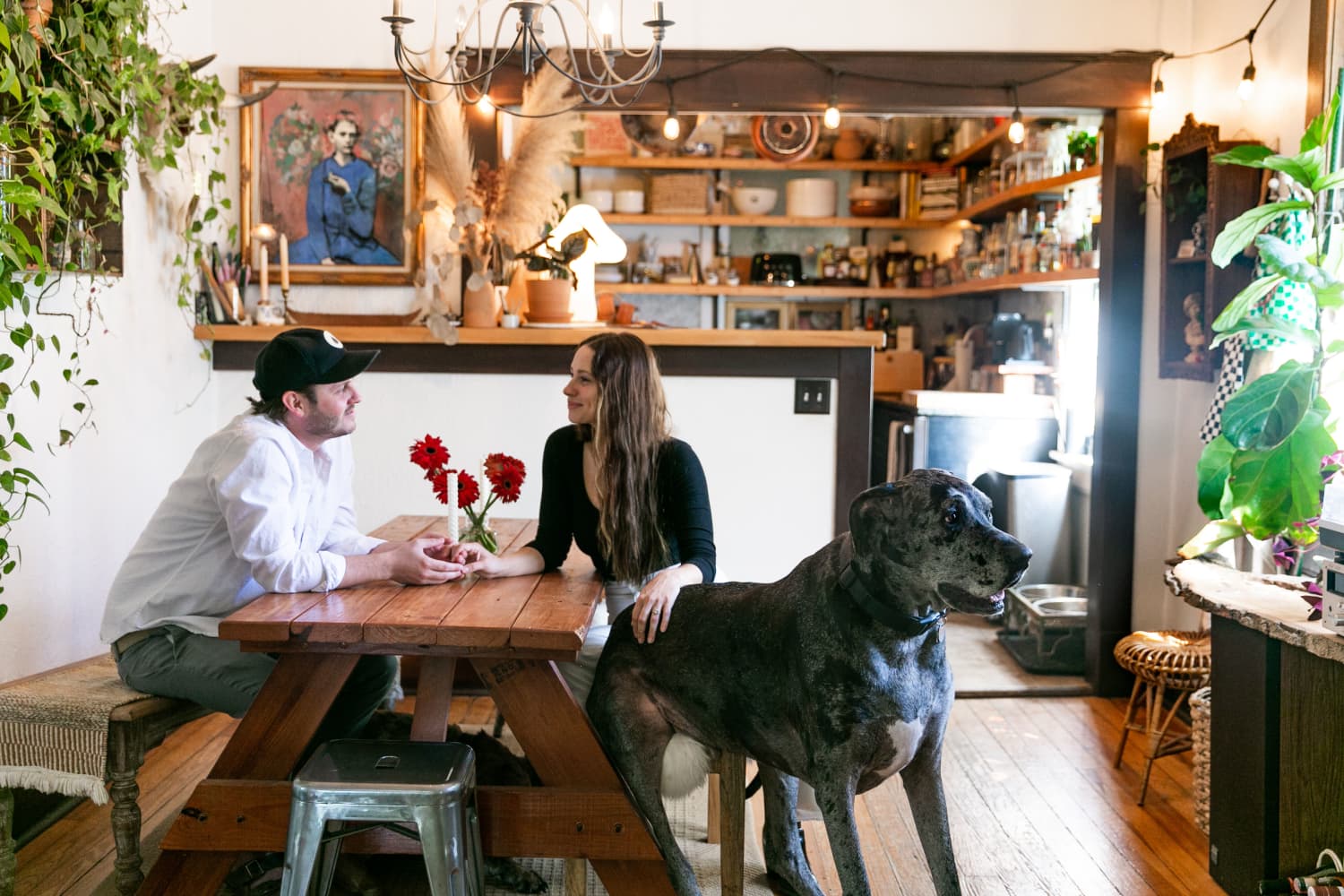4 Money Lessons the Pandemic Taught Me — That Helped Me Save $10,000
At the beginning of 2020, I decided to make the lofty goal of paying off the rest of my student loans before I turned 26. The thought of having to pay both health insurance and student loans at the same time put me in an anxious budgeting tizzy. Plus, it would seriously reduce the amount … Read more









